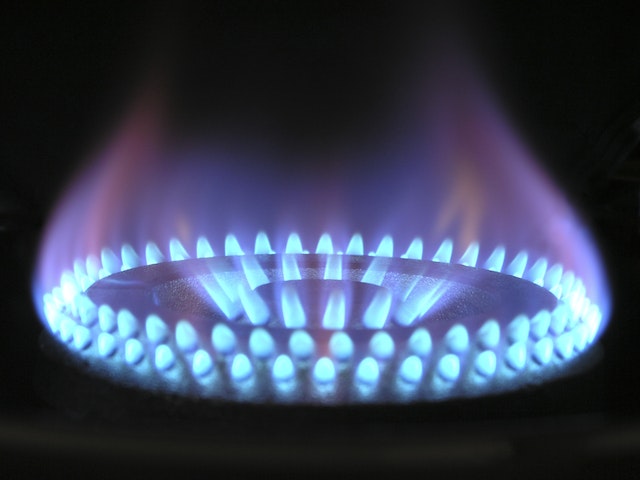Introduction: Natural gas, a versatile and abundant energy source, plays a pivotal role in meeting global energy demands. Its use in power generation, heating, industrial processes, and transportation has positioned it as a key component in the energy mix. In this exploration, we delve into the captivating world of natural gas prices, unraveling the factors that shape its value and the harmonious journey from extraction to consumption.
- Abundant Reserves: The symphony of natural gas prices begins in the vast underground reserves where this valuable resource is found. Geological formations, exploration efforts, and extraction technologies determine the availability and accessibility of natural gas. Factors such as reserve size, quality, and production costs dance together to influence the supply of natural gas. Technological advancements and investment in exploration and drilling techniques contribute to the reliability and productivity of natural gas extraction.
- Market Forces and Demand: As the curtains rise on the global stage, natural gas prices resonate with the rhythm of market forces and demand. Natural gas serves as a reliable and cleaner alternative to other fossil fuels, making it a preferred choice in various sectors. Fluctuations in global economic activity, weather patterns, geopolitical events, and environmental policies impact the demand and supply dynamics of natural gas. Additionally, factors such as infrastructure development, LNG (liquefied natural gas) trade, and regional market integration contribute to price variations.
- Supply Chain Symphony: The journey of natural gas from extraction to consumption involves an intricate supply chain that orchestrates its pricing dynamics. Exploration and production companies, midstream operators, distributors, and end-users all play a crucial role in determining the final price of natural gas. Factors such as production costs, processing, transportation expenses, storage capacities, and regulatory frameworks impact the value of natural gas at each stage of the supply chain. Additionally, government policies, infrastructure investments, and import/export regulations influence natural gas prices.
- Clean Energy Harmonies: In recent years, sustainability and the transition to cleaner energy sources have become essential considerations in the natural gas industry. Natural gas is often regarded as a bridge fuel due to its lower carbon emissions compared to coal and oil. However, concerns about methane leakage and its impact on climate change have prompted efforts to mitigate emissions throughout the natural gas value chain. Advancements in carbon capture and storage technologies, renewable natural gas production, and the blending of hydrogen with natural gas contribute to reducing environmental footprints.
Conclusion: The symphony of natural gas prices reflects the harmonious interplay of energy demand, market dynamics, and sustainability aspirations. From the underground reservoirs where natural gas resides to the power plants, factories, and homes that rely on its energy, each note in this symphony represents the fusion of supply and demand, technological progress, and environmental consciousness. As consumers and advocates of a sustainable future, let us appreciate the role of natural gas in fueling progress while also supporting initiatives that prioritize emission reduction, renewable energy integration, and a future where the value of natural gas resonates in harmony with the well-being of our planet.
